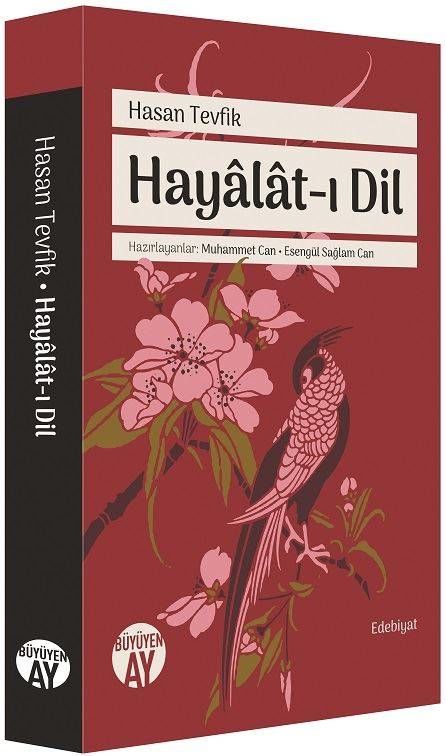
Hayalat-ı Dil
Hasan Tevfik (1834-1908), who is recorded in the sources as a scholar, just, highly moral, humorous person and a pious Muslim, wrote Hayalat-ı Dil, which was first published in 1868. Now, it is being added to the Turkish literary universe in both a simplified and Latinized form and in the form of a facsimile with corresponding pages.
Hayat-ı Dil, which is a work on the threshold between a traditional story and a modern narrative style, would be more accurate to define as a transitional period work written within the framework of the traditions of Divan literature and folk literature rather than a modern novel, but also having characteristics that differentiate it from these traditions due to the innovations it carries. However, since the transformation process of people and society as of the Tanzimat Period brought about a transformation in literature, Hayalat-ı Dil should be accepted as a necessary core of this natural development in Turkish literature and should be placed in the place it deserves in the history of literature. Adopting a symbolic narrative, making some political, social and economic criticisms and suggestions for its time and including some innovations in its characters bring the work closer to modern narratives.
In the symbolic world of Hayalat-ı Dil, Murg-ı Dil, the fictional protagonist of the work, tells the author what he has experienced. In fact, it is Hasan Tevfik who speaks to his own heart through Murg-ı Dil and writes his imaginary world in this way. Murg-ı Dil, who lives in Civantab, falls in love with Canan when he is a young and cheerful young man. When he declares his love, he is rejected. Murg-ı Dil, who is abandoned, goes to many places until he reunites with his lover. Pir and Nayab, who are the other characters of the work and who never withhold their help from Murg-ı Dil throughout the work, are two types who complement each other with their qualities of wisdom and courage. They represent tradition with these qualities. Since the places and characters in the work are narrated through symbols, it has been stated by those who have researched this work that the protagonist Murg-ı Dil symbolizes the Ottoman Empire, Canan symbolizes her future, Erguvan symbolizes Europe, and the savages who first seem to be friends and then take Murg-ı Dil hostage symbolize the European states.
Dough Type : 2. Dough
Number of Pages : 288
Dimensions : 13.5 x 21
First Printing Year : 2019
Number of Prints : 1. Printing
| Publisher | : | Büyükyenay Publications |
| Number of pages | : | 288 |
| Publication Year | : | 2019 |
| ISBN | : | 9786052071731 |
| The heart | : | Turkish |


